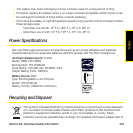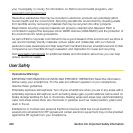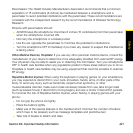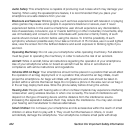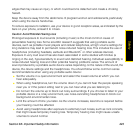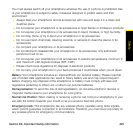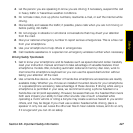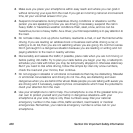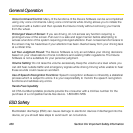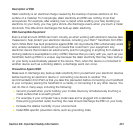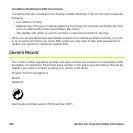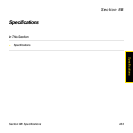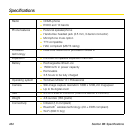
Section 8A: Important Safety Information 427
Safety
4. Let the person you are speaking to know you are driving; if necessary, suspend the call
in heavy traffic or hazardous weather conditions.
5. Do not take notes, look up phone numbers, read/write e-mail, or surf the internet while
driving.
6. Dial sensibly and assess the traffic; if possible, place calls when you are not moving or
before pulling into traffic.
7. Do not engage in stressful or emotional conversations that may divert your attention
from the road.
8. Dial your national emergency number to report serious emergencies. This is a free call
from your smartphone.
9. Use your smartphone to help others in emergencies.
10. Call roadside assistance or a special non-emergency wireless number when necessary.
Driving Safety Tips Details
1. Get to know your smartphone and its features such as speed-dial and redial. Carefully
read your instruction manual and learn to take advantage of valuable features most
smartphone models offer, including automatic redial and memory dial. Also, work to
memorize the smartphone keyboard so you can use the speed-dial function without
taking your attention off the road.
2. Use a hands-free device. A number of hands-free smartphone accessories are readily
available today. Whether you choose an installed mounted device for your smartphone
or a speakerphone accessory, take advantage of these devices. If driving while using a
smartphone is permitted in your area, we recommend using a phone headset or a
hands-free car kit (sold separately). However, be aware that use of a headset that covers
both ears impairs your ability to hear other sounds. Use of such a headset while
operating a motor vehicle or riding a bicycle may create a serious hazard to you and/or
others, and may be illegal. If you must use a stereo headset while driving, place a
speaker in only one ear. Leave the other ear free to hear outside noises, and do so only
if it is legal and you can do so safely.



